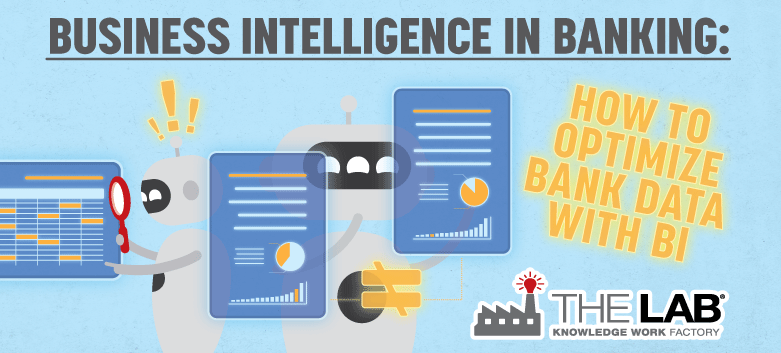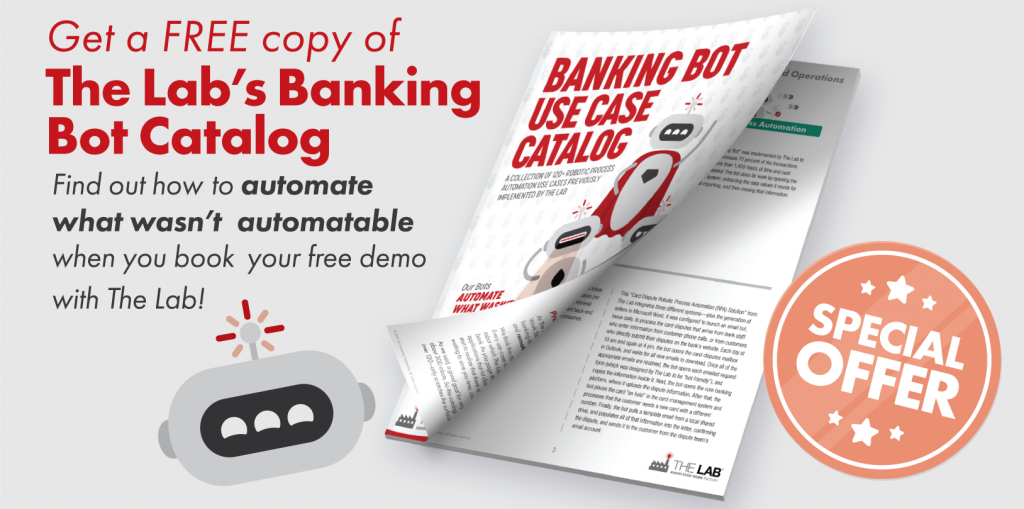Our last article explored the methods to strategically cut costs in the often-overlooked realm of intangible assets. In this article, we’re going to focus on more hiding-in-plain-sight cost-reduction ideas. Specifically, we’ll explore three drains on business value that you can start plugging today.
A sustainable cost reduction strategy starts by redefining “cost”
In these how-to articles, we’ve often discussed the strategy of reducing cost through standardizing or industrializing the efforts of white-collar, or knowledge, workers. We’ve also pointed out, repeatedly, how organizations routinely fail to do so. They don’t even see the opportunity for transformation in the first place.
Why not? Perceiving the potential of knowledge work standardization and associated cost reduction strategies is difficult. That’s because it’s not on the balance sheet. Accounting rules mandate that the activities of knowledge workers appear as expenses on the income statement. But these competencies are the most valuable, albeit intangible, assets in the business!
Think about that. The majority of the most valuable assets are being listed, and managed, as expenses. It almost makes your head spin.
But it’s what happens, everyday. And so this puts these valuable intangible assets at a severe perceptual strategic cost reduction disadvantage.
Assets attract attention. The very definition of “asset” includes the words “useful” and “valuable.” They garner investment for improving employee productivity—standardization and white collar industrialization.
Expenses, by contrast, are defined by words like “necessary” and “required.” Therefore, intangible assets that must be carried on the books as “expenses” won’t be regarded as valuable. They certainly won’t attract investment for standardization or cost reduction. Why, after all, would anyone invest in an expense?
Furthermore, expenses are recurring. This creates the illusion that reducing operating expenses delivers annual savings, year after year. But that’s misguided thinking. The truth is that this shortsighted cost reduction strategy starves asset productivity. Investment in standardization, on the other hand, can reduce expenses far more effectively—by increasing employee productivity.
Cost reduction strategies for your business and the three examples cost cutting
Our last article talked about the value—an intangible asset—that knowledge workers carry in their heads. It’s the often-undocumented tribal knowledge that “goes down the elevator” with them at the end of each day. (Or worse, it’s the knowledge that leaves the company altogether when they find employment elsewhere.)
Managing intangible assets via one-off methods and tribal knowledge drains value from the business and shareholders in three different ways:
Cost reduction strategies example 1: The overstaffing drain.
It takes more people to get things done in the absence of standardization, simplification, and the division of labor—three pillars of industrialization we’d first discussed in Blog 2. And the facts bear this out as a cost reduction strategy. The Lab’s examination of tens of thousands of similar work activities reveals excessive variation in duration and output. It shines a spotlight on needless customization. Ambiguous decision rights. Undocumented processes. And thus, surplus headcount. For the Fortune 500 in 2017, this translates to about 20 percent in wasted earnings—and over $3.6 trillion in lost shareholder value.
Cost reduction strategies example 2: The no experience curve—or benefits therefrom drain.
Think of a factory. Every bit of knowledge that’s gained through painful trial and error is documented as part of a cost reduction strategy. It’s stored. It’s mined. It’s exploited. It’s used to improve routines, assembly lines, and products. You can’t even imagine a factory where the learning curve isn’t being leveraged every day.
Contrast that to the state of today’s knowledge workers. They perceive their efforts as inherently unique. Impervious to standardizing or simplifying. Yet studies have shown that roughly two-thirds of knowledge work is highly repetitive and ripe for standardization and cost reduction. The cost cutting potential is staggering: Nearly 67 percent of knowledge work could conceivably be standardized with lean transformation!
Cost reduction strategies example 3: The wasted capital investment drain.
Knowledge workers’ methods often lead to needless spending. For example, the processes used to design the characteristics of operational statistics (a.k.a. “data elements”) are often poorly documented. And they’re loosely enforced.
This saps the value of any operating data that are captured. What good are data elements to management, after all, if they are weak or inconsistent—deficient?
It’s easy to blame these deficiencies on existing IT systems. This leads to—little surprise—more spending on system upgrades. But the deficient data elements simply get imported into the new system. The one-off knowledge-work methods that created the unhelpful data elements in the first place remain. The cycle continues. The costs spiral. Nothing improves if process standardization is not part of a cost reduction strategy.
Cost cutting in the Fortune 1000 by reducing the drains on value
There’s a value-migration strategy trend at play here. Back in 1975, only 17 percent of the S&P firms’ assets were intangible. By 2015, that number had grown to 84 percent. Yet their ability to manage these intangible assets (still required to be listed as “expenses”!) lags far behind.
This explains the “productivity paradox” which was first noted decades ago: Investment in computers failed to increase the productivity of office workers. That’s because computers automate knowledge work, but they don’t industrialize it. That can only be accomplished via deliberate, engineering-style effort – and a process standardization strategy to reduce cost.
In the late 1990s, management guru Peter Drucker said: “The most important contribution of management in the 20th Century was the fiftyfold increase in the productivity of the manual worker in manufacturing. The most important contribution management needs to make in the 21st Century is similarly to increase the productivity of the knowledge worker.”
Contact The Lab Consulting for your business transformation needs today.
For 2021: We have updated our bank client offering. Much of these findings and implementation results can be reviewed in the 3-part-series of “Big Rocks for Banks” below. Find out how to strategically lower costs, increase operating leverage, improve customer experience, and automate what previously wasn’t automatable in your bank.
Find them all here:





















